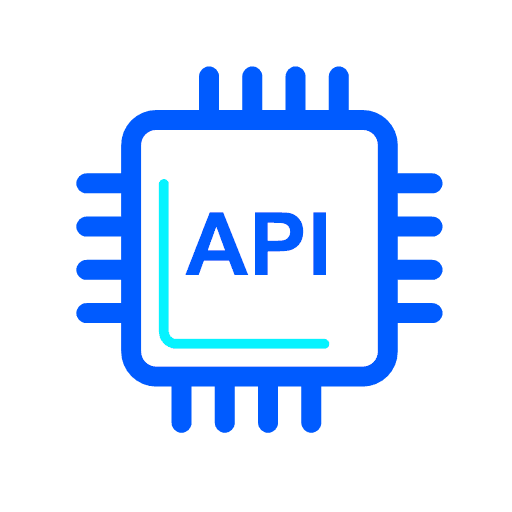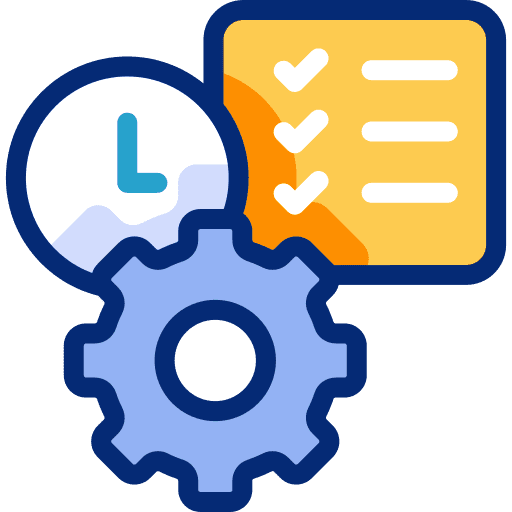Introduction
This article is designed to help users navigate the process of creating a product using the HighLevel’s public API. It also explores various use cases and product types that users can leverage to optimize their creation process.
Products
In a HighLevel, products serve as a core entity that enables users to sell their offerings through various sales channels, including e-commerce stores, invoices, estimates, and more.
Types of Products
In HighLevel, products are majorly of two type products:
- Products with price
- Products with Variants
Products with Price
These products are basic standalone items without any variations. Any product that doesn’t need multiple variants or has just a single variant type can be structured this way. A great example would be a poster available in different sizes.
Products with Variants
This type of products are the products which have multiple variations for a single product. Best example would be a T-shirt where there might be multiple colors and sizes
Create Product using Public API
Authorization
In order to perform CRUD (Create, Read, Update and Delete) entities related to HighLevel using Public API, we need access tokens
.
For creating a product we are going to utilize the following Public APIs
- Create a Product
- Create a Price for Product
It is advised to follow the order of the content in order to create a Product
Create Product
First we need to create a product using the Create a Product API . Let us see the basic properties required for Creation of Product
- name – name of the product
- locationId – for which sub-account this product is created
- description – brief description for the product which will be useful in the sales channels to exhibit the product
- productType – let us keep it as DIGITAL
- image – Featured image which will be displayed by default to the end customer
- availableInStore – whether a product should be made available for E-commerce Stores or not
- medias – array
- id – unique identifier for media
- title – title for the media
- url – source url of the media
- type – currently only image is supported
- isFeatured – set to true if needs to be displayed to the end customer
- variants – only required if you are trying to create a variant product
- id – unique ID for variant
- name – Name of the variant
- options – array
- id – unique ID for variant option (will be required for creation of Price)
- name – name of the option
Example Payload for Product with Price:
{
“name”: “High Speed Memory Drive”,
“description”: “A high speed memory drive with latest safety features and breath taking design”,
“locationId”: “<sub-account_ID>”,
“availableInStore”: true,
“productType”: “PHYSICAL”,
“image”: “https://via.placeholder.com/150”,
“medias”: [
{
“id”: “550e8400-e29b-41d4-a716-446655440000”,
“title”: “High Speed Memory Drive”,
“url”: “https://via.placeholder.com/150”,
“type”: “image”,
“isFeatured”: true
}
]
}
Example Payload for Product with Variants:
{
“name”: “T-shirt”,
“description”: “Latest t-shirt with latest design and quality”,
“locationId”: “<sub_account_id>”,
“availableInStore”: true,
“productType”: “PHYSICAL”,
“image”: “https://via.placeholder.com/150”,
“medias”: [
{
“id”: “550e8400-e29b-41d4-a716-446655440000”,
“title”: “T-shirt”,
“url”: “https://via.placeholder.com/150”,
“type”: “image”,
“isFeatured”: true
}
],
“variants”: [
{
“id”: “550e8400-e29b-41d4-a716-446655440000”,
“name”: “Color”,
“options”: [
{
“id”: “550e8400-e29b-41d4-a716-446655440002”,
“name”: “Red”
},
{
“id”: “550e8400-e29b-41d4-a716-446655440001”,
“name”: “Blue”
},
{
“id”: “550e8400-e29b-41d4-a716-446655440003”,
“name”: “Green”
}
]
},
{
“id”: “550e8400-e29b-41d4-a716-446655440111”,
“name”: “Size”,
“options”: [
{
“id”: “550e8400-e29b-41d4-a716-446655440112”,
“name”: “Small”
},
{
“id”: “550e8400-e29b-41d4-a716-446655440113”,
“name”: “Medium”
},
{
“id”: “550e8400-e29b-41d4-a716-446655440114”,
“name”: “Large”
}
]
}
]
}
Note: For Variant Product, keep in track of the option Ids as they will be playing an important role while creating price
Upon creating a product, we will get a response which will have the property _id which is the created productId. That will be used to create price for a product
Create Price for a Product
We will be using the Create Price for a Product API to create a price for a product. Here are the basic properties required for creating a price for a product
- product – Id of the product for which it is created
- locationId – sub-account Id
- name – Name of the Price
- type – As we support recurring products as well, the available values are one_time and recurring
- currency – Currency of the Price
- amount – Amount relevant to the currency
- description – Description for the Price
- variantOptionIds – required for a product with variants
- For an example if the variant combination is Red/Small , then variantOptionIds values should be as follows –
[“550e8400-e29b-41d4-a716-446655440002″,”550e8400-e29b-41d4-a716-446655440112”]
- where 550e8400-e29b-41d4-a716-446655440002 is for Red and 550e8400-e29b-41d4-a716-446655440112 is for Small
- For Product with Variants, variantOptionIds are required in order to render product correctly, absence of this property will render the variant combinations incorrectly
- trackInventory – If the inventory needs to be tracked, then set to true
- availableQuantity – Available Quantity, applicable if trackInventory is true
- allowOutOfStockPurchases – Allow purchases of the product even if it is out of stock, only applicable if trackInventory is true
- sku – SKU of the price (or) variant
- isDigitalProduct – true if it is a Digital Product
- shippingOptions – shipping properties for PHYSICALproduct ( will be useful for shipping integrations )
- weight – weight options
- value – value of the weight
- unit – metric unit. Supported values – kg, g, lb, oz
- dimensions – dimensions of the Physical Product
- height – number
- width – number
- length – number
- unit – unit supported for dimensions – Supported values – cm, in, m
Example Payload for Simple Price (Without Variants):
{
“product”: “66b6021be68f7a98102ba272”,
“locationId”: “<sub_account_id>”,
“name”: “256 GB”,
“type”: “one_time”,
“currency”: “USD”,
“amount”: 100,
“description”: “256 GB of storage”,
“sku”: “PS-256GB”,
“isDigitalProduct”: false,
“shippingOptions”: {
“weight”: {
“value”: 100,
“unit”: “g”
},
“dimensions”: {
“length”: 10,
“width”: 10,
“height”: 10,
“unit”: “cm”
}
}
}
Example Payload for Price for Product With Variants
{
“product”: “66b6021be68f7a98102ba272”,
“locationId”: “<sub_account_id>”,
“name”: “Red / Small”,
“type”: “one_time”,
“currency”: “USD”,
“amount”: 100,
“description”: “Red / Small”,
“sku”: “PS-RED-SMALL”,
“isDigitalProduct”: false,
“variantOptionIds”: [“550e8400-e29b-41d4-a716-446655440002″,”550e8400-e29b-41d4-a716-446655440112”],
“shippingOptions”: {
“weight”: {
“value”: 100,
“unit”: “g”
},
“dimensions”: {
“length”: 10,
“width”: 10,
“height”: 10,
“unit”: “cm”
}
}
}
Note: Variant Option Ids are required for correct rendering of the product variations
Add Image to a variant through Public API
This feature is available only for variant type of products and not price type of products. After creating a Price for a product, in the response we will get the Internal Id of the price. Using that we will now update the images for specific variants. Using the received priceIds, we will update the product again with the following payload.
Example Payload for Product Media Update with PriceIds
In the product payload, there will be an array for media, each and every media array is provided with a property called “priceIds” which in turn is an array, By assigning the respective priceIds, the media will get mapped to variants automatically.
{
“name”: “T-shirt”,
“description”: “Latest t-shirt with latest design and quality”,
“locationId”: “<sub_account_id>”,
“availableInStore”: true,
“productType”: “PHYSICAL”,
“image”: “https://via.placeholder.com/150”,
“medias”: [
{
“id”: “550e8400-e29b-41d4-a716-446655440000”,
“title”: “T-shirt”,
“url”: “https://via.placeholder.com/150”,
“type”: “image”,
“priceIds”: [“<created_price_Id>”],
“isFeatured”: true
}
],
“variants”: [
{…existing variants data}
]
}
As of now, we support only one image mapped to one priceId, mapping multiple priceIds to a single image will cause problems in rending the products
Conclusion
By leveraging the APIs mentioned above, we successfully created a basic one-time physical product with a simple price, along with variant options. However, the flexibility extends beyond this—HighLevel also supports recurring products. For a deeper understanding, refer to the Price API documentation, which outlines specific properties designed for recurring product setups.










